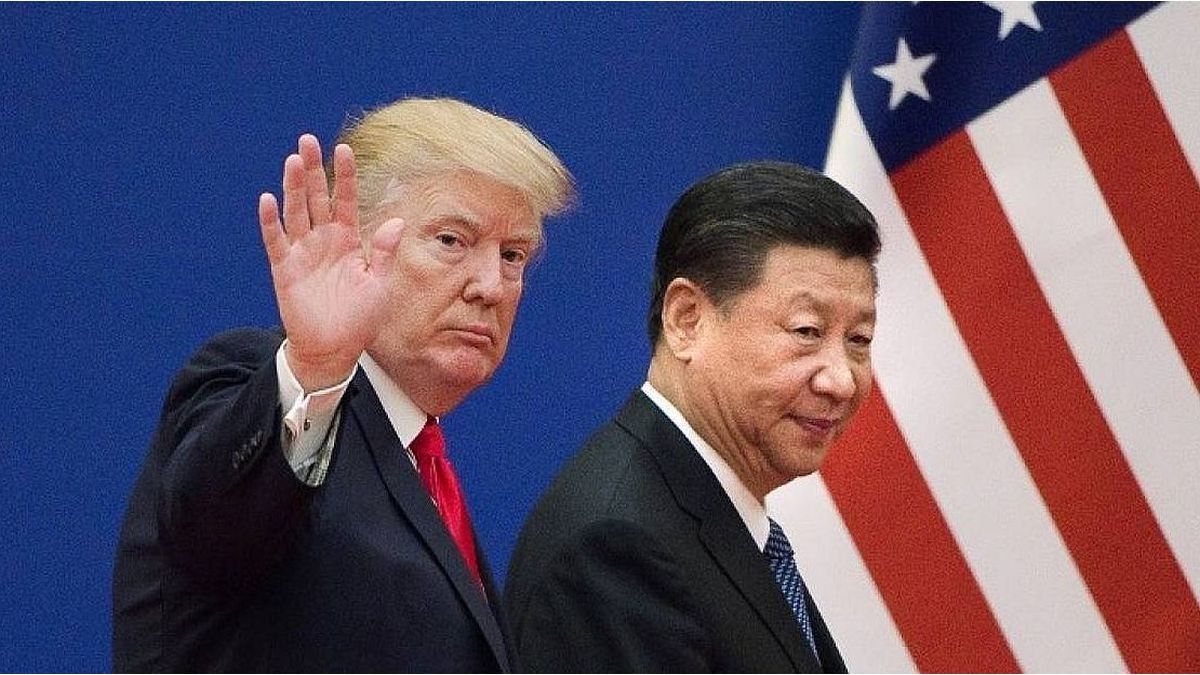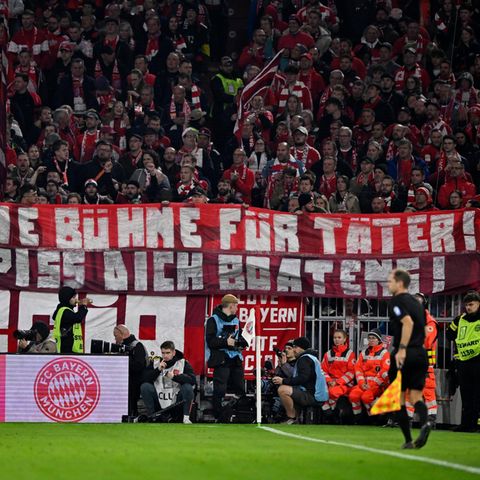Menu
Forecast: Institute: Business in Russia and Ukraine cloudy clouds
Categories
Most Read
This supermarket offers great discounts on blenders
October 25, 2025
No Comments
the impact on activity, employment and salaries
October 25, 2025
No Comments
The Government seeks to anchor expectations for the day after the elections
October 25, 2025
No Comments
The Government enters its second stage with the need to undertake key reforms that ensure stability
October 25, 2025
No Comments
Animal disease: Bird flu is spreading – poultry farmers demand protection
October 25, 2025
No Comments
Latest Posts

Before the meeting between Donald Trump and Xi Jinping, the US opens a tariff investigation into China
October 25, 2025
No Comments
October 25, 2025 – 18:03 The leaders of both countries plan to meet in South Korea, but their financial teams have a bilateral agenda in

With progressive support, Catherine Connolly is the new president
October 25, 2025
No Comments
October 25, 2025 – 17:07 She obtained more than 63% of the votes and replaces Michael Higgins, who has governed since 2011. She is the

Jérôme Boateng cancels internship at FC Bayern after fan protests
October 25, 2025
No Comments
Internship canceled Jérôme Boateng cancels internship at FC Bayern after fan protests Jérôme Boateng wants to become a coach. That’s why he wants to do
24 Hours Worlds is a comprehensive source of instant world current affairs, offering up-to-the-minute coverage of breaking news and events from around the globe. With a team of experienced journalists and experts on hand 24/7.

